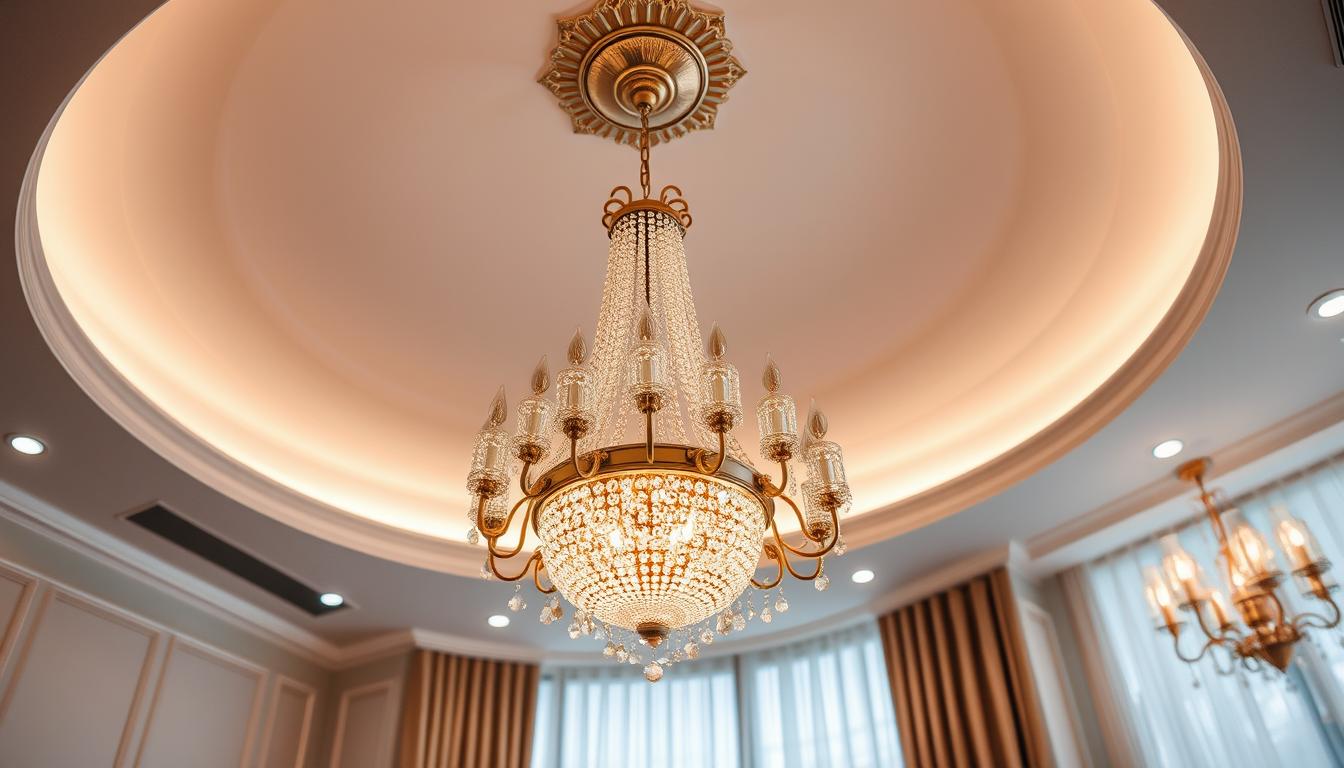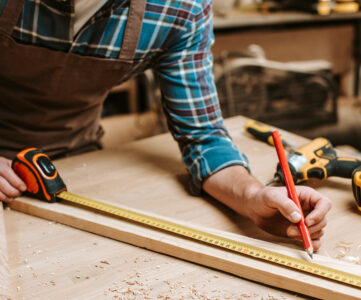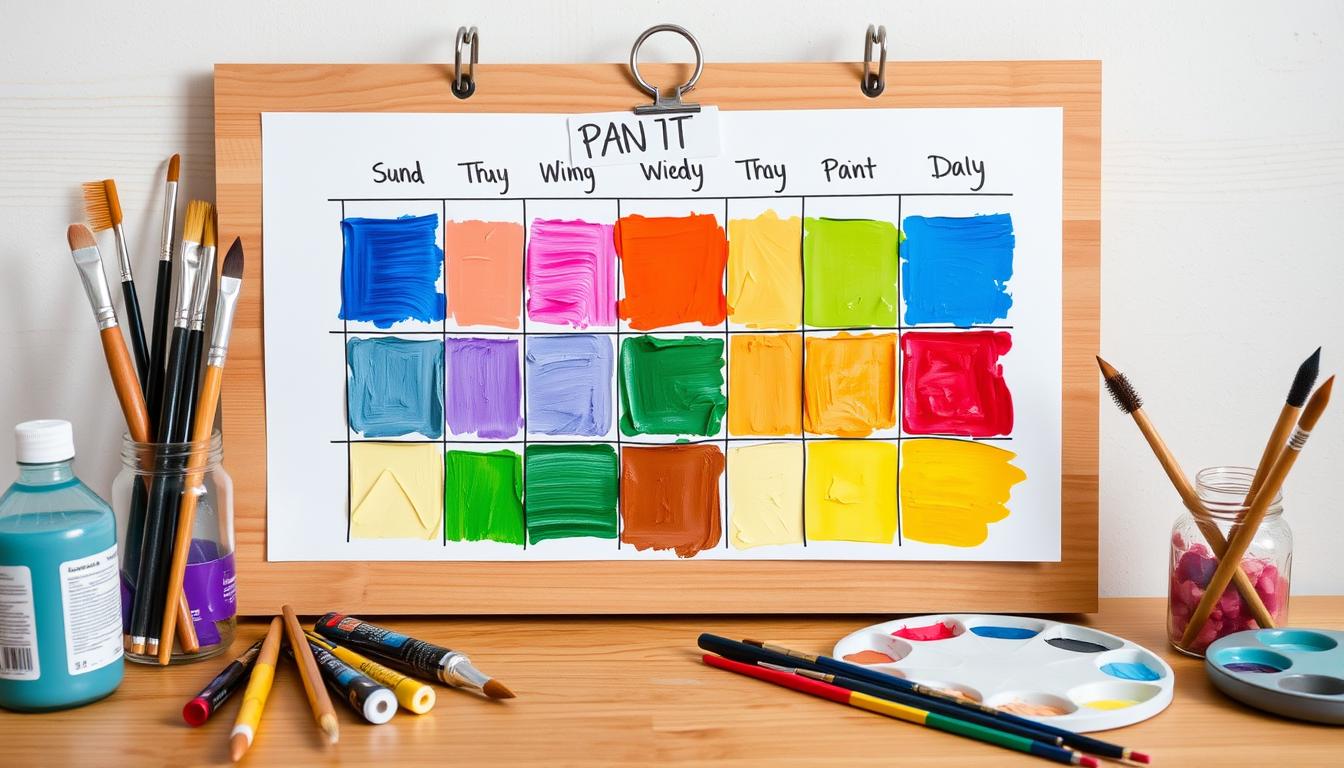Choosing the right chandelier can change a room’s feel. With many options, picking one that matches your space and style can be hard. Heavy lighting, like chandeliers, needs careful thought for safe and secure installation.
Installing a chandelier can be a fun DIY project. It saves money and lets you tailor the installation to your needs. Knowing the basics of chandelier installation helps you create a beautiful, functional light that improves your room’s look.
Key Takeaways
- Choose a chandelier that fits your room’s style and ceiling type
- Consider the type of lighting needed for your space
- DIY installation can offer cost savings and customization options
- Heavy lighting fixtures require careful installation to ensure safety
- Ceiling fixtures can make a significant impact on the ambiance of a room
Understanding Different Types of Chandeliers
Choosing the right chandelier can be a big decision. Each type has its own look, benefits, and installation challenges. It’s key to match the electrical boxes with the chandelier you pick.
The style and design of a chandelier are important. You might like crystal chandeliers for their elegance, modern LED designs for their energy efficiency, or traditional bronze for their classic look. The type you choose affects the installation, including the electrical boxes.
Crystal Chandeliers
Crystal chandeliers add luxury and sophistication to any room. But, they need careful handling and installation because they’re delicate. Make sure the electrical boxes can handle the chandelier’s weight and design.
Modern LED Designs
Modern LED designs are perfect for those who want energy efficiency and a modern look. They’re often lighter and easier to install. Still, check that the electrical boxes can handle the chandelier’s power needs.
Traditional Bronze Fixtures
Traditional bronze fixtures offer a timeless elegance. They’re usually heavier, so they need strong electrical boxes that can support their weight and power.
In conclusion, knowing about the different chandeliers and their needs is vital for a good installation. By matching the electrical boxes with the chandelier, homeowners can ensure a safe and efficient setup.
Essential Tools and Materials for Your Chandelier Install
To install a chandelier right, you need the right tools and materials. This includes support bracing to safely hold the chandelier’s weight. It also prevents damage to your ceiling. You’ll need a strong ladder, wire strippers, pliers, and a screwdriver.
You’ll also need wire nuts, electrical tape, and a voltage tester. The type of chandelier you’re installing matters too. Some might need special hardware or support bracing systems.
- Wire strippers
- Pliers
- Screwdriver
- Sturdy ladder
- Wire nuts
- Electrical tape
- Voltage tester
Always follow safety rules and the maker’s instructions when dealing with electrical systems and support bracing. With the right tools and materials, you’ll have a successful chandelier installation.
Preparing Your Space for Installation
Before starting the installation, make sure your space is ready. This means checking electrical needs, figuring out weight support, and setting up your work area. Installation safety is key to avoid accidents.
First, check your electrical needs to power your chandelier. Make sure the voltage and amperage match your fixture. Also, check if your ceiling can handle the chandelier’s weight.
Checking Electrical Requirements
Here’s how to check your electrical needs:
- Verify the voltage and amperage for your chandelier
- Check your circuit breaker or fuse box for power
- Consider a licensed electrician if unsure
Determining Weight Support Needs
To figure out your ceiling’s weight support, consider your chandelier’s weight and ceiling type. Here are important factors:
- The weight of your chandelier
- The type of ceiling you have (e.g. drywall, plaster, etc.)
- The location of your ceiling joists
| Chandelier Weight | Ceiling Type | Weight Support Needs |
|---|---|---|
| Less than 50 pounds | Drywall | Standard anchor |
| 50-100 pounds | Plaster | Heavy-duty anchor |
| More than 100 pounds | Concrete | Specialized anchor |
By following these steps and considering these factors, you can ensure a safe and successful installation. Always remember to prioritize installation safety to avoid accidents.
Safety Considerations Before You Begin
Installing a chandelier requires careful attention to safety. Before starting, it’s vital to think about the risks, like wire connections. Making sure all wire connections are tight and insulated can prevent electrical shocks and fires.
It’s also key to follow local electrical codes and rules. This means knowing the wire connections standards in your area. Following these guidelines helps you avoid dangers and ensures a good installation.
- Turning off the power to the circuit before starting work
- Using proper insulation and protection for wire connections
- Avoiding overloading circuits with too many fixtures
By taking these steps and understanding the need for safe wire connections, you can have a safe and successful chandelier installation. Always put safety first and follow local rules to stay safe.
Installing the Proper Electrical Box
Installing a chandelier starts with the right electrical box. This box is key for a safe and strong connection. It must hold the chandelier’s weight.
There are many electrical boxes, each with its own weight limit. A standard box can handle up to 50 pounds. But, a heavy-duty box can take up to 100 pounds. Picking the right box is crucial for a safe install.
Weight Ratings and Requirements
The electrical box’s weight limit depends on its material and build. Metal boxes are stronger and can hold more than plastic ones. Always check the box’s weight limit to match your chandelier’s needs.
Mounting Techniques
Mounting the electrical box right is also key. It should be securely attached to the ceiling or wall. Use the right screws or anchors for a strong hold.
Securing Support Bracing
Support bracing is also vital for a safe chandelier install. It adds extra support to the box and spreads the chandelier’s weight evenly. This is crucial for heavy chandeliers to avoid overloading the box.
By following these steps and using the right boxes and bracing, you can install your chandelier safely. Always follow the manufacturer’s instructions and be careful when working with electricity.
| Electrical Box Type | Weight Rating | Application |
|---|---|---|
| Standard Electrical Box | Up to 50 pounds | Lightweight chandeliers |
| Heavy-Duty Electrical Box | Up to 100 pounds | Heavy chandeliers |
Mastering Wire Connections and Assembly
To ensure a successful chandelier installation, mastering wire connections is key. You need to know the different types of wires and how to use wire strippers and connectors. It’s also important to assemble the chandelier’s electrical parts correctly. Make sure to identify the right wire connections for your chandelier model.
When dealing with wire connections, safety is paramount. Always turn off the power before starting work. Use insulated wire strippers to avoid electrical shock. These steps help ensure a safe and successful installation.
Common problems with wire connections include loose connections and incorrect wire sizing. These issues can also lead to the chandelier not supporting its weight. To fix these problems, refer to the manufacturer’s instructions. If needed, get help from a licensed electrician. With proper wire connections and assembly, you’ll have a stunning chandelier that adds beauty and light to your space.
Here are some tips for working with wire connections:
- Use the correct wire size and type for your chandelier
- Ensure all connections are secure and meet safety standards
- Test the chandelier’s electrical components before hanging it
Perfect Height Placement Guidelines
When installing a chandelier, height placement is key. It sets the mood and makes the room work better. The right height depends on the room’s use, ceiling height, and where the furniture is.
The chandelier’s height should match the ceiling’s. Hang it so the bottom is 30 to 40 inches above the table. This makes talking easy and keeps the light from being too bright.
Room-Specific Measurements
In a dining room, the chandelier should be right over the table. It should be high enough for easy talking. In a living room, hang it a bit higher to make the room feel bigger and airier.
Calculating Optimal Drop Length
To find the best drop length, measure from the ceiling to the surface below. Then subtract the height you want. Think about the room’s size, ceiling type, furniture, and the light you want.
- Room size and shape
- Ceiling height and type
- Furniture placement and size
- Desired ambiance and lighting effect
By considering these and following the guidelines, you can find the perfectheight placement for your chandelier. This will make your space both beautiful and functional.
| Room Type | Recommended Height |
|---|---|
| Dining Room | 30-40 inches above table |
| Living Room | 40-50 inches above floor |
Testing and Adjusting Your Installation
After you’ve installed the chandelier, it’s key to test and tweak it. This makes sure it works well and is safe. You’ll need to check if the chandelier is balanced, if all lights are on, and make any last-minute tweaks. Installation safety is a big deal, so double-checking wire connections is a must.
First, turn on the power and see if all lights are on. Next, check if the chandelier is balanced. This step is vital for installation safety and avoiding dangers.
Balance Check
To ensure the chandelier is level, use a level tool or just look at it. If it’s not even, tweak the screws or brackets to get it right.
Light Function Verification
Turn the lights on and off to check they’re working right. Look out for flickering or dimming lights, which might mean a wiring or fixture issue.
Final Position Tweaks
Adjust the chandelier’s position or level for the final time. Make sure it’s securely attached and balanced. Also, double-check all wire connections for safety and security.
By following these steps, you can make sure your chandelier is safe, works well, and meets all safety standards.
Maintenance Tips for Long-lasting Beauty
To keep your chandelier looking great and working well, regular care is key. This means cleaning it, checking for loose parts, and swapping out light bulbs. It’s also important to check the ceiling fixtures often. This ensures they stay securely attached and the heavy lighting doesn’t overload the electrical system.
Here are some tips to keep your chandelier in top shape:
- Use a soft cloth to dust the chandelier regularly, focusing on small details and crystals.
- Check the light bulbs and replace them as needed to keep the lighting right.
- Look over the electrical connections to make sure they’re tight and not loose.
By following these simple steps, you can make your chandelier last longer and stay beautiful. Enjoy your ceiling fixtures and heavy lighting for many years.
Always follow the maker’s care and repair tips. This way, your chandelier will keep shining brightly.
Conclusion: Enjoying Your Successfully Installed Chandelier
You’ve worked hard to install your new chandelier. Now, it’s time to relax and enjoy it. The Chandelier Install you’ve done makes your space look better and shows you care about installation safety. Take a moment to enjoy the warm light of your new chandelier. You’ve done a great job from start to finish.
DIY projects are very rewarding, and this is just the start. Looking at your work, think about other projects you can do. You’re getting better at DIY and can make your home even more beautiful.
Feel proud of your Chandelier Install and let it motivate you to keep improving your home. The beauty and function you’ve added show your hard work and dedication. Enjoy your new chandelier and use this success to start your next DIY adventure.






